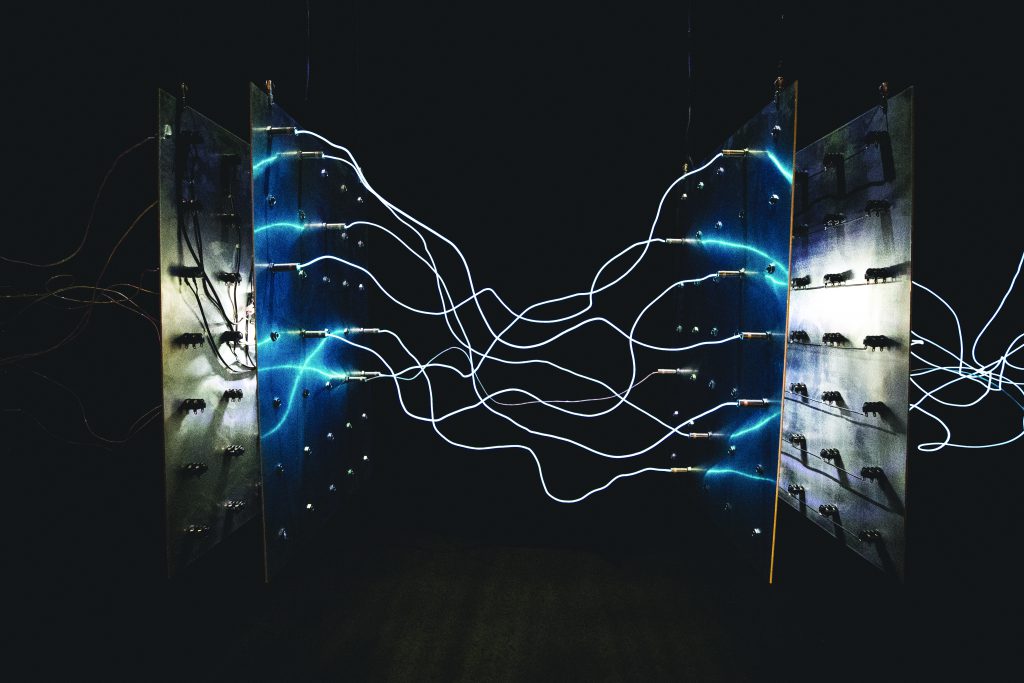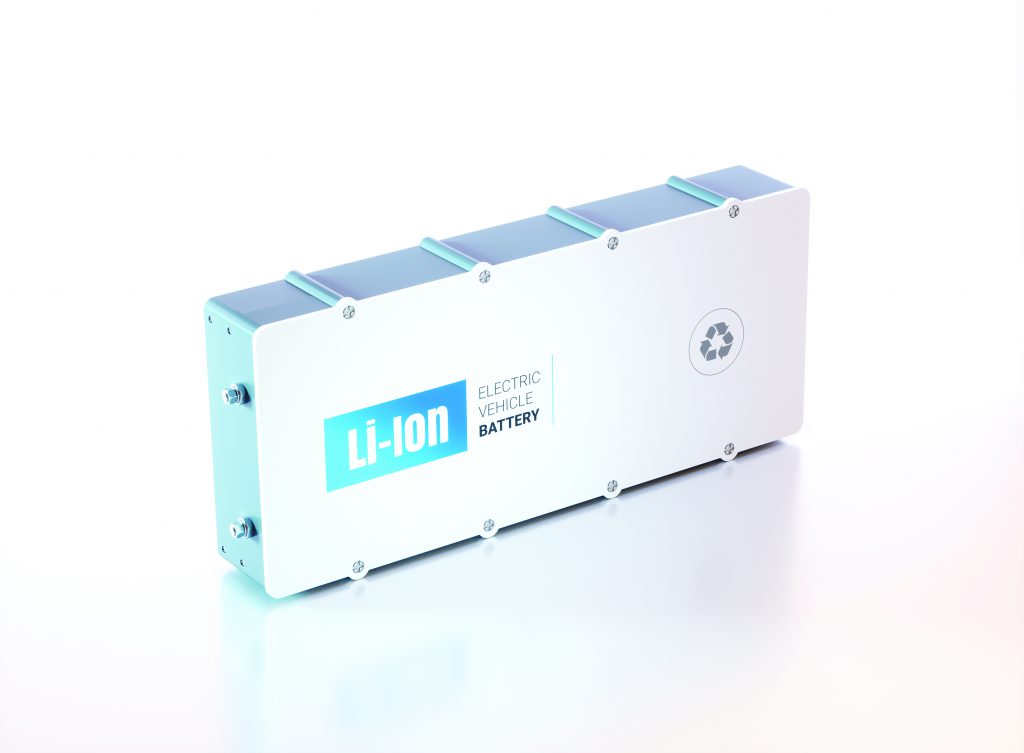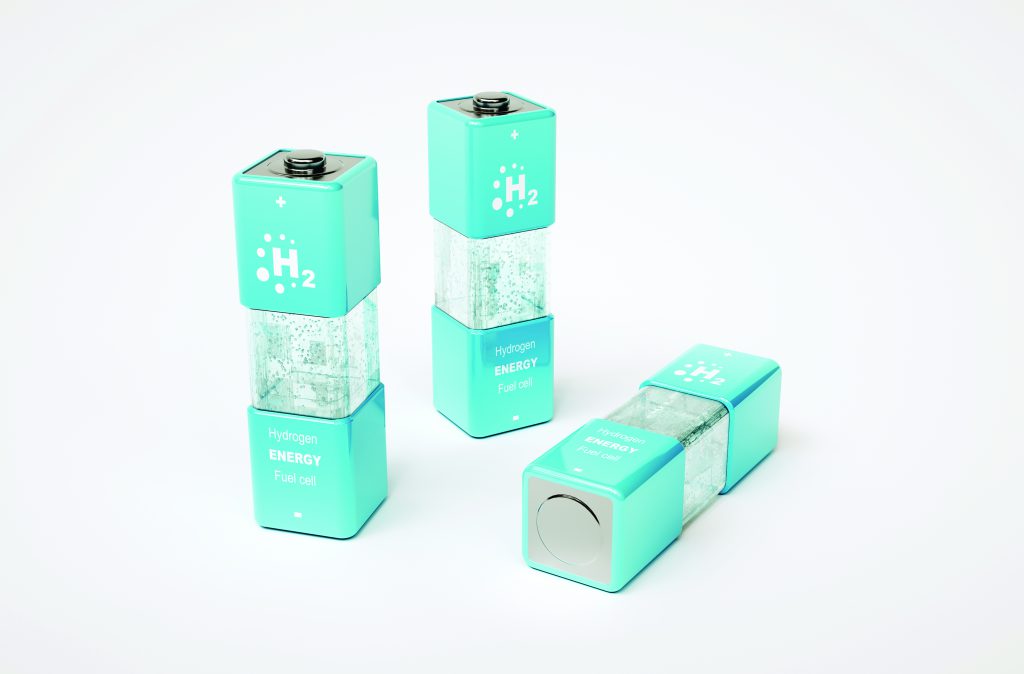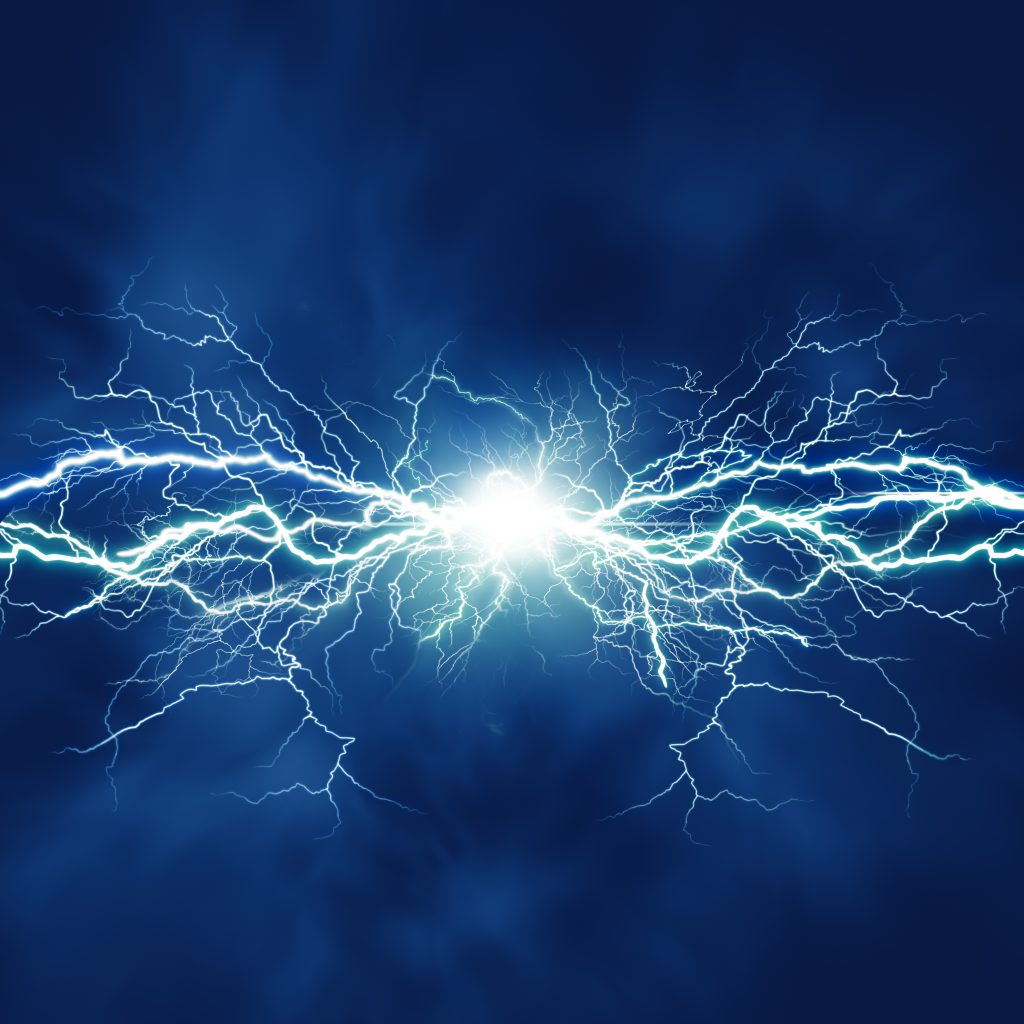If you are invited to an energy industry conference, you are likely to encounter presentations on solar fields, wind turbines, and pipelines transporting natural gas. But behind the scenes is much vigorous research and development of new ways to store and recharge energy, which are vital to many areas of our lives.
Batteries, the most familiar receptacle for storing energy, have been serving us for many years and have undergone great changes in recent decades. But those changes have not been great enough. More than 20 years ago, we were introduced to finger batteries, which were inserted into electrical appliances and intended for one-time use. In cars there was a cumbersome liquid-filled battery (which still exists). Most electrical devices once operated only when plugged into an outlet, and their mobility depended on the length of the extension cord.
Everything changed when the lithium ion battery became cheaper and more common, enabling computers and electronic products to become truly mobile. These batteries, as their name suggests, use lithium ions that pass between two electrodes: during the unloading of the battery, lithium ions leave the anode (the negative electrode) and move towards the cathode (the positive electrode), which creates an electron current, in other words, electricity.
When the battery is charged, lithium ions move in the opposite direction. The big advantage of lithium ion batteries, apart from their (relatively) large energy capacity, is their structural stability throughout many charges and discharges, thanks to the lattice-like electrode structure. The ions are able to enter and exit them without destroying their structure.

But since we were liberated from the electrical outlet and began to use lithium ion batteries in all of our electronic devices, it has become evident that their rate of progress does not meet our growing demands. Improvement of these batteries is slow and measured, gaining just a few percent per year at the most (although there are quite a few companies engaged in this task which are managing to raise it impressively). We are used to our phones getting faster and more sophisticated from one year to the next, thanks to the improvement in their processors, but batteries are not keeping pace. Which is why our phones are connected to the charger at home, in the car, and at work, and many people also carry a portable battery with them for additional backup.
Batteries’ small energy capacity also limits their use in transportation. The most common battery-driven vehicles are small and light – think bicycles or scooters. Although electric cars are entering the Western and Chinese markets in growing numbers, the range is limited and their high prices prevent them from conquering the market.
Trains, the largest vehicles on land, are also electric. Train engines need a torque that only an electric motor can produce, but the power that the engine consumes is supplied by diesel engines that serves as generators, or a complicated electrical infrastructure (as Israel Railways now confirms).
A matter of time
The lithium ion batter has several disadvantages, but the main one, with regard to vehicles, is the long charging time and decreasing efficiency, which will make them unusable within just a few years. These are two obstacles that can be overcome if we change our perception of car-use – for example, a long charging time while parked instead of a quick refueling stop at a gas station and, moreover – changing the structure of ownership of cars, such that we will not be the owner of the battery whose value decreases so quickly.
In fact, this is exactly what Shai Agassi thought about Better Place – to deploy a network of charging stations and to own the batteries which will be quickly replaced at the battery-exchange stations if a quick range extension is required. One problem was that the cost of renting the battery made using an electric car at least as expensive as using gas. The Better Place model has not been entirely neglected, however – Tesla tried to rent out batteries, and the Chinese car manufacturer at Nio plans to do the same. The Taiwanese Kymco is trying the model out for electric scooters, but most manufacturers are planning larger batteries to be especially suited to a particular model and offer a long driving range which, even if worn down, will not hurt users too much.
But the long charging time (over eight hours) is not just a matter of changing habits – it also makes it hard for drivers to quickly or spontaneously extend their driving range. The Nissan Leaf, an electric family car that is (relatively) inexpensive, has a travel range of 240 km, which may be shortened by strenuous driving. This is more than enough for everyday use, but could be problematic on longer trips. The accepted solution to this is quick charging, wherein it is possible to charge 80% of the battery’s capacity within half an hour. This charge grants range of hundreds more kilometers. Half an hour is a reasonable amount of time for a rest stop, after all, we (the drivers) also need to rest after driving for a long time. But this kind of charge comes with a price – it shortens the life of the battery even more.

On the way
These are the problems that the big corporations and startup companies in the energy storage fields are dealing with – attempts to improve the quick charge or extend the lifespan of the battery. The Israeli StoreDot, for example, is developing batteries with organic materials, which can be charged in five minutes without hurting the battery’s lifespan. Sila Nanotechnologies developed an anode from silicon which replaces the classic graphite and is supposed to increase battery performance by about 40% without increasing anode degradation.
Such improvements will also improve our use of electrical devices. Consider, for instance, the air conditioner that can be operated in a tent on a camping trip or a portable microwave, as well as a smart clock, which can last for weeks. Even the lamps, cameras or speakers that hang on walls no longer require complicated drills to connect to the electric system, just occasional charging. To say nothing of phones which can offer much more.
There are also companies who are trying to make charging incidental, so that it could be possible to charge vehicles during driving, for example. One of the companies working on this is the Israeli Electreon, which is trying to create a road infrastructure that will enable wireless charging for electric buses while driving. Heavy vehicle manufacturers such as Scania, that aim to reduce the weight of the trucks’ batteries (and so to increase the possible load of the truck’s cargo), have introduced prototypes for trucks with a pantograph, which transfers power from overhead electric cables to the truck (similar to a light rail) and enables it to charge its batteries and cross the continent of Europe without emitting pollutants. The German Siemens is promoting the deployment of such power cables all over highways in Europe.
Another kind of “incidental” charging is wireless charging while parked. Mercedes, BMW, and Kia are promoting such solutions which, while they will not replace quick charging, will improve the comfort of drivers and can also replace the cumbersome charging arrangements in home and building parking.

On the way to the electric revolution, car makers are also working in other directions. There is, for example, a fuel cell that produces electricity from hydrogen oxidization. A vehicle driven by such technology would need rapid refueling with refined hydrogen, and the only byproduct of this form of generating electricity would be water. But the storage and transmission of compressed hydrogen in a liquid state is complicated and expensive and even potentially dangerous. There are several initiatives working to change this, with ideas such as solid hydrogen or hydrogen dissolved in water, while automakers such as Toyota and Hyundai are already marketing cars with these kinds of fuel cells.
Another highly promising direction of investigation is what are being called “solid state” batteries. These are batteries in which both the electrodes and the electrolyte (the material with the electrical charge that moves between the electrodes) are solid. This technology has been slowly developing for many decades, but in recent years there have been several breakthroughs, through use of different types of materials for the electrodes and electrolytes.
One of the most prominent players in the field recently is QuantumScape, which raised $100 million from Volkswagen last June. They are building batteries based on solid lithium metal and are dealing primarily with a complex challenge – preserving the highly reactive material from the environment so it can continue to function over time.
It must be noted that not everything works as planned. Dyson, for instance, recently abandoned one of the most promising projects in the field – the Sakti3, which it acquired in 2015.
Consumer-Producer
Attempts to improve electrical storage won’t just affect mobile products (from the cellphone to the truck), but can also make a tremendous difference in supplying energy to homes and industry.
The real revolution is expected to take place when the paradigm shifts away from generating electricity at huge power plans, to then travel hundreds of kilometers in order to be distributed to consumers. “The main problem with electricity is that it must be consumed immediately”, says Dr. Amit Mor, CEO and owner of the company Eco Energy, economic-strategic consulting. “It will be possible to create energy-autonomous communities. The electricity will be produced with renewable energy, stored, and used at times when it is needed. We will shift to distributed energy production”. Such use will require accelerated development of effective storage capabilities.
The energy world is now talking about consumers who also produce power, or ‘prosumers’. Domestic systems of solar panels will produce electricity and will be stored in local batteries. Large systems for producing electricity will be maintained only for emergency circumstances or extreme climate conditions.

Industrial energy storage is necessary in order to enable electricity production from natural sources, like sun or wind, and to maintain a constant flow of energy even when the sky is cloudy and wind is minimal.
Industrial batteries will also replace the generators in hospitals, security facilities, server farms and any field for which a continuous power supply is essential. The technological challenges are not about the speed of battery-charging (which, after all, will be hooked up to continuous electricity), but rather how long they can store the energy – a real problem in electricity storage on a broad scale. Today, battery storage power stations can hold electricity for just three to seven hours.
Despite the great promise in this field, we must take into account that the big money comes from the car companies, as part of their wish to be at the forefront of the world of electric cars and autonomous vehicles. So it is likely that the first breakthroughs in the world of batteries will come from them.
Companies worth following
StoreDot – this company from Herzliya is trying to solve the battery bottleneck – their extended charging time. The company developed technology for quick charging which, they argue, will make it possible to completely charge a battery within five minutes. Companies such as Daimler (Mercedes) and British Petroleum, have already invested in the company, which is expected to present a prototype in 2019. Thus far they have raised around $80 million. The company plans to raise $200 million more for the establishment of a battery plant in the USA.
H2GO Power – a UK start up that deals with solid hydrogen storage. This hydrogen can be used to produce energy, with water as its only by-product.
Totem – this New York company proposes replacing the street lamps with designed poles (a kind of modern totem pole) which do much more – their roof will hold solar panels and they will contain a large battery for storing electricity for building or city infrastructure consumption. (They could even be used to charge electric cars). There is also an infrastructure for wireless and cellular internet, as well as cameras and security measures that will protect the pole and its immediate surroundings. On a small screen in the center of the pole, relevant information can be presented to pedestrians and residents and yes, the pole will still serve as a street lamp.
Sila Nanotechnologies – a California startup is designing lithium ion batteries in which the anode is made of a new component that includes silicon. The material is meant to improve energy capacity by no less than 40%. Its unique nanoscale structure will extend anode life. To date the company has raised more than $100 million, from Samsung’s investment fund, among others.
Translation by Zoe Jordan




